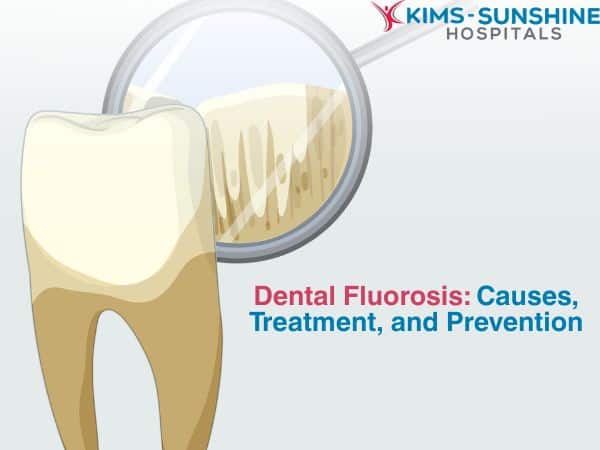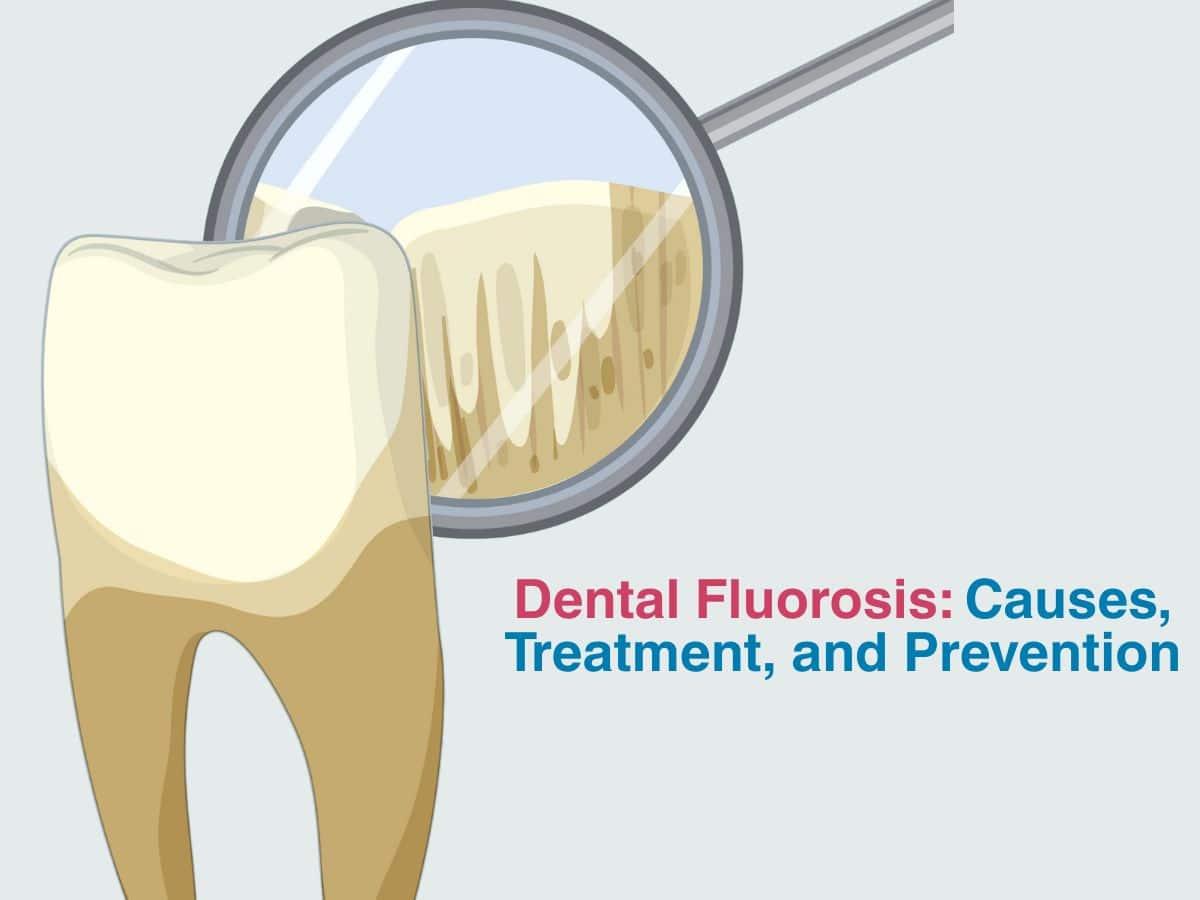
Dental Fluorosis: Causes, Treatment, and Prevention
 Fluorosis is a condition characterised by changes in bones and teeth due to excessive ingestion or exposure to fluoride from a young age. Fluorosis is a major public health concern in India as over 18 states have been identified as fluoride-endemic regions- meaning the drinking water has high amounts of this mineral, apart from other sources which may contribute to the development of this condition. Fluorosis is a condition that first begins to affect children when they are growing- and the first thing it begins to affect is the appearance of the tooth enamel.
Fluorosis is a condition characterised by changes in bones and teeth due to excessive ingestion or exposure to fluoride from a young age. Fluorosis is a major public health concern in India as over 18 states have been identified as fluoride-endemic regions- meaning the drinking water has high amounts of this mineral, apart from other sources which may contribute to the development of this condition. Fluorosis is a condition that first begins to affect children when they are growing- and the first thing it begins to affect is the appearance of the tooth enamel.
What Is Dental Fluorosis In Children?
Dental fluorosis is a medical condition where the teeth of young children get affected due to excessive exposure to fluoride- it can be from drinking water, supplements, using the wrong kind of toothpaste etc. Dental fluorosis is a major concern for children below 8 years of age. Using too much toothpaste can also be problematic and hence using the right amounts becomes super important. Fluorosis is irreversible and teaching children to spit toothpaste out after brushing is very important, as consumption of fluoride can affect the bones eventually. It is best to use fluorine free toothpastes for children.
Fluoride Levels Causing Dental Fluorosis-
The Bureau of Indian Standards (BIS) has stated that 1 mg/L is the maximum permissible limit for safe fluoride consumption, with lower levels being the best. Fluorosis has become an endemic issue in many Indian states, where levels go up to 1.5 mg/L, which can be problematic in the long term. The main issue is that once fluoride has been absorbed into the teeth and the bones, there is no way to get it out. It can hence continue to poison bones and teeth for a long time.
How To Prevent Fluorosis In Babies And Toddlers-
The best ways to prevent fluorosis from occurring include-
- Usage of fluoride free toothpaste
- Encouraging kids to spit the toothpaste slurry out after brushing and not allowing them to swallow it.
- Drinking RO treated water to minimise fluoride exposure.
- Using the right amount of toothpaste is also super important- a smidge is enough if the baby is below 2 years of age. Ages 2-6 – Use a rice grain shaped amount of toothpaste and make sure that your child spits the toothpaste out after brushing. Above 6- pea sized amounts of toothpaste need to be used. Breastfeeding children is a good way to prevent fluoride ingestion as breast milk is devoid of fluoride.
Conclusion
Dental fluorosis is normally thought to be a cosmetic issue but continuous exposure to high levels of fluoride can be a bad thing. One question you may have is how to remove fluorosis stains from teeth, if they have already formed. The answer is with microabrasion, going in for dental cleaning and to avoid using fluoridated mouthwashes. Having black, brown or white spots, flecks or stains on your teeth may not be due to cavities but may be due to fluorosis. So, talk to your dentist about what can be done and follow oral care instructions closely.






